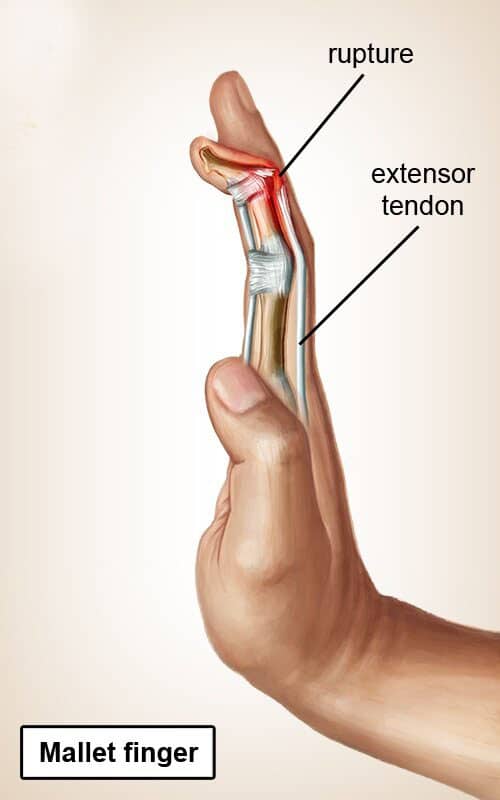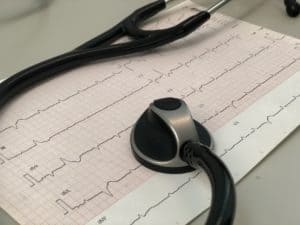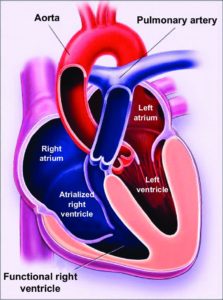Overview
Mallet finger is a very common type of injury. It is also known as a baseball finger or drop finger. The reason behind it being called a baseball finger is because it often occurs to baseball players. Anyone who plays sports like volleyball, football, basketball may fall prey to this injury.
In the case of children, a mallet finger may occur by getting a direct injury such as crushing your finger in a window or door.
It is an injury of the tendon that presents on the tip of the finger. As a result, the patient is unable to straighten the injured finger completely. Tendon is made up of collagen fibers. The main function of the tendon is to attach the muscles to your bony structures.
Causes:
In any type of sport, if a direct hit to the extended finger occurs from a hardball (such as volleyball, football, basketball) it may rupture the tendon that straightens the tip of your finger. This tendon is also called the extensor tendon. Any sort of direct impact injury will prevent you from straightening your fingertip.
Symptoms of mallet finger:
- Redness of the finger
- Swelling
- Bruising
- Tenderness
- Finger will droop at the tip
- Unable to straighten the injured fingertip.
- Fingernail may be detached
In some cases, the tendon becomes detached from the bone of the finger. If some fragments of the bone are detached it is then called an avulsion fracture.
- People may feel extreme pain after the injury, though they may be able to use their hands. Pain is suggestive of bone fracture.

Diagnosis:
Doctors will be able to diagnose the mallet finger by clinical examination of the injured finger. Drooping the fingertip will give them clues about the mallet finger. Besides, the following diagnostic tools will help to identify the mallet injury.
- X-ray – to identify any type of bone fracture and to see any rupture of the tendon present or not. The X-ray will show if the bone is out of alignment or not.
- In some instances, MRI or ultrasound may require knowledge about the specific details of the injury.
Relation of mallet finger with arthritis:
Mallet finger is an injury. It is not a sign of arthritis. But later it can cause arthritis.
Treatment:
To reduce the pain and swelling of a mallet finger some necessary steps should be taken such as :
- Using ice packs on the fingers or in the bruised area.
- Take some painkillers such as NSAIDs.
- Keep your hand elevated, so that your fingers remain above your heart level.
Splinting:
Splinting is considered a first-line treatment for a mallet finger. Its main aim is to keep the fingertip straight in the splints until the injured tendon heals properly.
Varieties of splints are available. The most common type is the plastic sack type. Some splints are padded, some are glued to the fingernail bed.
Before bathing, washing takes off the splints carefully keeping the finger straight on the surfaces. If for any reason you bend it then you have to start the splinting process all over again.
You may have to use a splint for a minimum of six weeks in a row. Then you may have to wear it during sports or any type of high-risk activities. Some studies suggest wearing the splint a few more weeks even after the initial six weeks.
Even if the injury is mild and less painful, it’s a good idea to see a doctor immediately. Even if due to some reason, your treatment gets delayed splinting can be quite successful. Surgery is not required usually unless the injury is chronic.
Surgery:
Not every case requires surgery. It is usually recommended to fix complex mallet finger injuries such as:
- If the tendon requires any type of grafting- then the surgeon collects graft tissue from any place on your body.
- If the joint is not properly aligned.
In some cases, sutures can be used to repair torn bone fragments. The only negative drawbacks of surgery are it may have some complications ex: infection, osteoarthritis, stiffness.
Deciding on open surgery is made if it outweighs all the potential risks and contributes to proper healing.
Surgery can be done percutaneously by a needle puncture or it may be open. In open surgery, skin is cut and the tendon is exposed. Then the hardware is inserted to keep the fingertip straight up to the healing of the tendon.
Various types of hardware used in these types of surgery are :
- Wire
- Pin
- Plate
- Screw
Consequences of untreated mallet finger:
In the case of children, due to mallet finger, it affects the cartilage. Cartilage controls bone growth. If it is not treated properly, stunting may occur and it hampers the growth.
If the mallet finger remains untreated, the injured finger will become stiff. It may develop a deformity known as swan neck deformity. In this type of deformity, the joint bends the wrong way.
Exercises:
Some exercises are prescribed by a doctor or physiotherapist to avoid stiffness of the middle joint of your finger which is splinted.
- Give support to your middle joint on either side by holding your hand.
- Then try to bend that joint by keeping the splinted parts of fingers straight.
- Try to do it a maximum of ten times a day.
Even after removing the splint, your doctor may tell you to keep exercising to get back your motion in the injured finger.
How to keep the injured fingers clean:
You have to keep your fingers dry and clean at all times. If by any means the skin remains inside the splints gets wet, it will become sore and healing will be delayed.
It is necessary to wash your fingers and splint once a day. Some necessary steps are given below for this reason:
- Rest your finger flat on a surface or table. At first, cut all the strappings and then slide the splint off your fingers easily.
- Gently wash your finger by using water and soap and dry it off. You have to keep your end joint straight all the time.
- Keep your finger straight and slide the splint back over your injured fingertip.
- At last, replace the strapping. It should cover the middle of the splint.
Recovery period:
Recovery time for mallet finger is eight weeks. After passing almost twelve weeks of splinting, it may take another few months to heal the mallet finger fully.
If the patient does not keep the splinting routine as directed, it may take longer periods. Most of the patients heal from this well. Initially, you may not gain the strength to straighten the end of your fingers. But after three to four months these problems resolve.
Sometimes swelling on the top of the involved joint may appear. It is not painful and It doesn’t affect the function of the finger.
FAQ
Can I get back mallet finger after it is treated?
Mallet’s finger is a very common type of injury. Like any other injury, people can get it during sports or other types of activities once after healing from this.
Can anyone go back to normal life after this injury?
One can go back to normal life after proper healing of this injury. In the meantime, you need to take some time off to go back to your normal life and avoid sports or work during that period.



